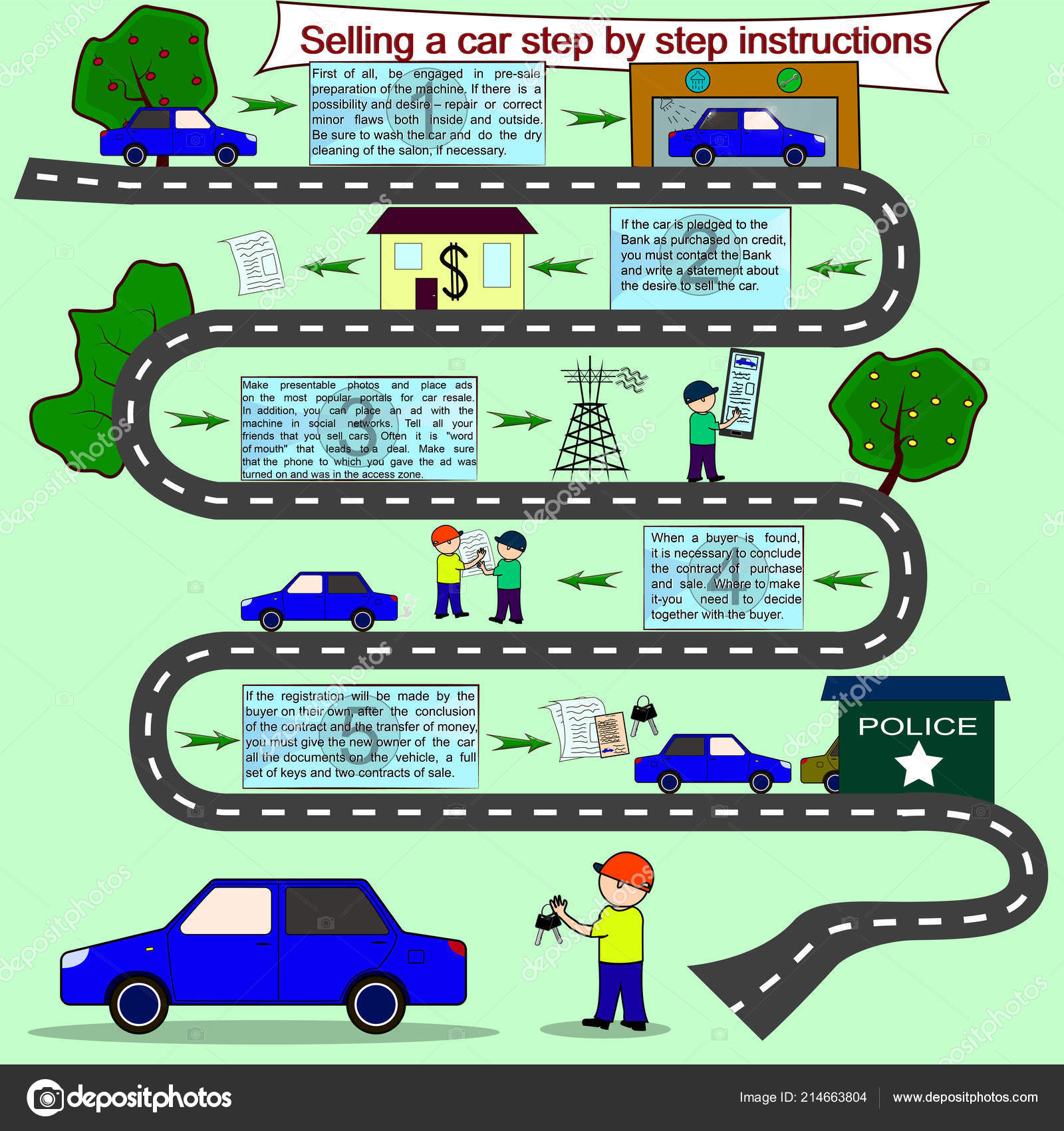Lift The Hood To Disclose Common Brake System Troubles And Their Options
Lift The Hood To Disclose Common Brake System Troubles And Their Options
Blog Article
Post Created By-McGrath Damborg
When it pertains to your vehicle's brake system, understanding common issues can save you from possible security dangers. From determining brake pad wear to resolving brake liquid leaks, knowing just how to deal with these issues is vital. But what regarding those spongy brake pedals? There's https://transmissionoilchange51739.bloggerchest.com/30257200/a-crucial-guidebook-describing-the-needed-tools-found-in-all-automotive-service-center-revealing-the-approaches-for-efficient-cars-and-truck-maintenance for that also. Remain tuned to find out more concerning these concerns and the functional solutions that can keep you securely on the road.
Brake Pad Wear and Substitute
When it comes to keeping your vehicle's brake system, one important element to watch on is the wear and substitute of brake pads. https://ecuremappingnearme74051.bloggip.com/30390582/subjecting-the-treasures-unearthing-superior-car-repair-service-shops-in-your-surrounding-location are necessary components that press versus the brake blades to slow down or stop your car. Gradually, these pads wear down due to rubbing, calling for normal assessment and replacement to ensure your brakes operate effectively.
To figure out if your brake pads need replacement, pay attention for screeching or grinding noises when you apply the brakes. Furthermore, if brake booster repair cost takes longer to quit or you notice vibrations or pulsations when braking, it may be time to replace the brake pads.
Disregarding used brake pads can result in reduced stopping efficiency, damages to other brake parts, or even brake failure.
Changing brake pads is a relatively uncomplicated procedure for numerous cars. Nevertheless, if you're uncertain or awkward performing this task, it's best to seek advice from an expert technician to make certain correct installation and optimal brake performance.
Frequently checking and replacing brake pads is essential for your safety and the durability of your car's stopping system.
Brake Fluid Leaks and Maintenance
To guarantee your car's brake system works ideally, it is essential to additionally pay attention to brake liquid leaks and maintenance. Brake liquid is important for transferring the force from your foot on the brake pedal to the real stopping mechanism. One usual concern with brake fluid is leakages, which can take place as a result of tatty brake lines, seals, or links. If you discover a puddle or drips under your car, it's necessary to resolve the leak immediately to avoid a potential brake failing.
Frequently checking your brake liquid level is vital to keeping your brake system. Reduced brake fluid can bring about air going into the brake lines, which jeopardizes stopping performance.
Additionally, old or infected brake fluid can impact the overall performance of your brakes. It's suggested to adhere to the producer's guidelines on when to transform the brake liquid, commonly every 2 years.
Spongy Brake Pedal: Blood Loss Brakes
If you have actually ever experienced a mushy brake pedal while driving, you comprehend the relevance of preserving a firm and responsive braking system. One usual root cause of a mushy brake pedal is air caught in the brake lines. When air enters the brake system, it can lead to a loss of hydraulic stress, resulting in that upsetting squishy sensation when you press the brake pedal.
To resolve this issue, hemorrhaging the brakes is necessary. Bleeding the brakes entails getting rid of the air from the brake lines to restore appropriate hydraulic pressure.
To hemorrhage the brakes, you'll need an assistant to aid you. Beginning by locating the brake bleeder shutoff on each wheel, normally found near the brake caliper. With a wrench, loosen the valve and have your assistant press the brake pedal while you observe any type of air bubbles coming out. Repeat this process for every wheel, starting from the wheel farthest from the master cyndrical tube and moving closer.
As soon as you no longer see air bubbles and only clear fluid arises, tighten up the valve and top up the brake fluid tank as needed. Bleeding the brakes assists guarantee a company brake pedal and improves overall stopping performance.
Final thought
Now that you understand common brake problems and how to fix them, you can guarantee your automobile's security and performance. Remember to listen for warning signs like shrieking noises or squishy brake pedals, and address them promptly. Normal maintenance and timely substitutes are crucial to maintaining your brakes in top condition. Keep proactive and conscientious to your brake system to delight in secure and trustworthy driving experiences.
